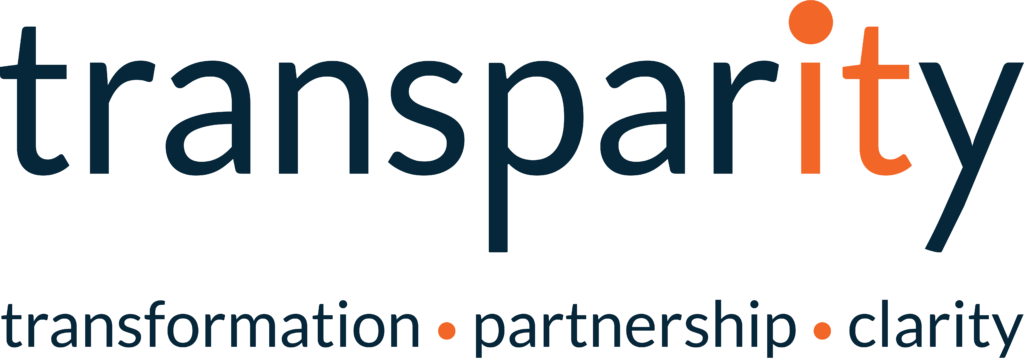In the aftermath of the global pandemic, we are witnessing a workplace revolution. Some 40% of the global workforce has spent the last year working from home – including many people from the public sector – and we have simply come too far to go back to traditional, office-based working.
In the UK, by the time our government confirmed remote working arrangements in March 2020, the majority of public sector organisations were already operating effective plans for Business Continuity Management. In this way, their employees could easily transfer to work from home without any significant disruption to productivity or service levels.
However, these plans have historically been implemented as a temporary measure: with the idea always being that people would eventually return to the office. We have now reached an unprecedented situation – where employees have experienced the many benefits of remote working, and now want to retain some of them going forward.
Coping with change, across the board
This rapid evolution has put public sector organisations under pressure, as they adjust to manage employee demands and expectations while also continuing to serve their constituents effectively and grow their services sustainably. Workers want to continue spending more time with their family, save money on travel and on-the-go coffee, enjoy the ability to get out for a walk or pop to the gym, and do all the other things that they were less able to do back in the old days of the office nine-to-five.
But it’s not all good news. Working full-time from home can take a mental toll over time. Some employees can feel isolated and out of the loop, missing valuable connection with colleagues and opportunities to collaborate on ideas together. 73% of employees want flexible remote working to continue, yet 67% also crave more in-person time with their teams.
Therefore, employers must create a delicate balance of environments which suits everyone involved. The answer, unequivocally, is hybrid working – which offers the best of both worlds.
Evidence confirms that public sector employees support this approach. Three-quarters of public sector workers would be more likely to stay in a job that allowed remote or hybrid working. Certainly, any new hybrid working plan must have a strong focus on wellbeing if it’s going to succeed.
Digital working: a question of balance
Although this clearly presents some major challenges for employers, it also creates excellent opportunities to deliver superior services for less cost, at a time where purse strings are being pulled ever tighter. A digital-first philosophy is paramount to this. Delivering the right digital tools and platforms will enable public sector teams to quickly and easily communicate and collaborate with one another, updating workflows in real-time without having to always be in the office or sitting next to someone else. The resulting savings in office overheads and other operational costs can be reinvested into valuable public services.
While this is all very possible, managers must be careful not to overburden their employees with digital demands. Too much time online and long working hours can lead to burnout, leaving people struggling with stress and exhaustion, which can be devastating for their wellbeing and productivity. So, it’s important to find a balance, by optimising your digital ecosystem so those using it can thrive from its flexibility.
Microsoft 365 and Teams offer an excellent solution – by keeping public sector teams constantly connected and productive – while also keeping data secure and available. As expert in getting the best out of the Microsoft stack and tailoring it to individual needs, we’re ideally placed to help.
We’ve already done exactly this for several public sector organisations. We partnered with BCP Council to migrate their users to M365, transforming their remote working and collaborative technologies. Our solution streamlined processes and dramatically cut the time it takes to carry out day-to-day tasks like booking meetings across the three councils. Not only did this project allow them to embrace remote working in the face of the pandemic, but it also saved BCP Council vital funds by consolidating their licenses across the councils. Now, their teams can focus on serving their constituents and delivering outstanding services.
Book one of our free build intent workshops to learn more about what we can do for your public sector organisation. We’ll assess your current remote working set up, establish the type of support you need to get where you want to be, then work with you to achieve it.




